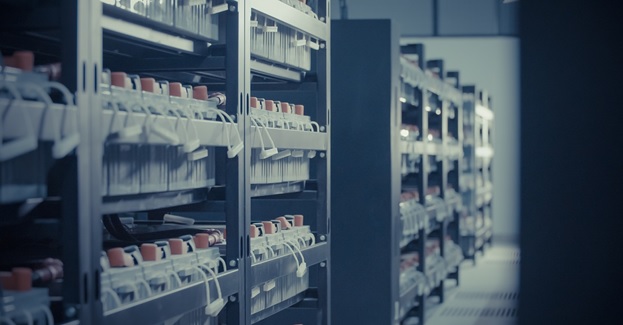Many of today’s organizations understand the need for data backup. While data backups are certainly crucial, too many small and medium-sized businesses mistakenly view data backups as the be-all and end-all of their disaster recovery requirements. Yet, data backups are meant to be just one component of an enterprise’s overall recovery processes and procedures.

When you watch the news, you’ll be inundated with reports of natural disasters, terrorist attacks, massive DDoS and a plethora of incident types that have an enormous impact on the people and institutions in one or more geographical locations. The absence of a robust disaster recovery plan can actually cripple or destroy your business when such events strike.
Limitations of The Simple Data Backup
Let’s take a step back and think about what a simple data backup involves. Backups usually fall into one of four main categories—onsite, offsite, cloud and hybrid. Irrespective of the type of backup involved, the underlying logic is to give you the power to restore your production data whenever you need to. This power can be a lifesaver. But it may not give your business the ability to bounce back when more severe events occur.
In such cases, you need a more advanced data backup strategy. Something that not only avails your data but also provides standby technological infrastructure (hardware, operating systems and business applications) that you can tap into to run your operations if the production environment experiences a catastrophic collapse. This advanced data protection strategy is what is known as a disaster recovery solution.
The Value of a Disaster Recovery Solution
If a tornado flattens your offices and rips apart your IT hardware, how long would it take you to shop for and purchase new hardware, set it up with all requisite systems and finally have the data restored to it? It could be days, weeks or months depending on the complexity of your operations.

During that time, many of your customers will have lost patience and opted to move their business to your competitors. A comprehensive disaster recovery product will give you the means to restore basic operations fast.
Nowadays, disaster recovery solutions may either provide the infrastructure onsite or via cloud virtualization. For years, many businesses were more than happy to work with an onsite setup. However, this has its limitations which is why a growing number of organizations are opting for cloud-based disaster recovery. In this case, all that’s needed are terminals with an internet connection to the cloud servers for operations to be up and running.
Choosing a Disaster Recovery Solution
The type of disaster recovery solution you should go for will depend on your answer to two questions. First, within what timeframe would you want the data recovered? This is referred to as the Recovery Time Objective (RTO). Second, what is the maximum amount of data you can afford to lose? This the Recovery Point Objective (RPO).
For example, your RTO is 4 hours if you need your business data restored within this period in order to keep losses at a bearable minimum. Your RPO is 2 hours if that’s the maximum amount of data you can afford to lose to stalled operations before you go past a point of no return.
A disaster recovery solution enhances the value of your data backups. Before you settle on a solution that will work for you, take time to explore the different products and plans in the market. Develop a checklist against which you can rate shortlisted solutions to identify the one that will be fit for purpose.
loading...
loading...
